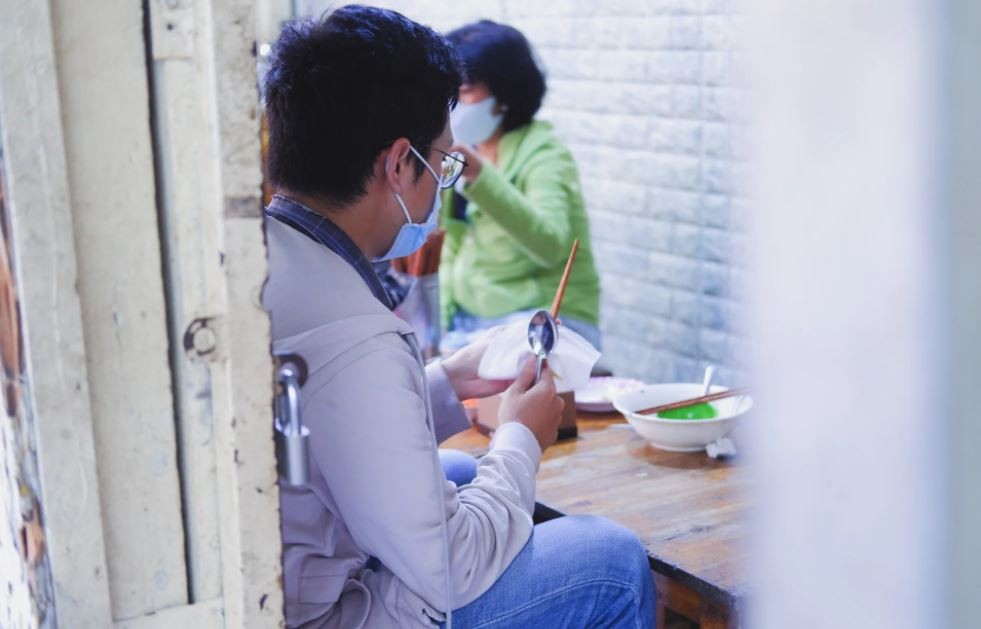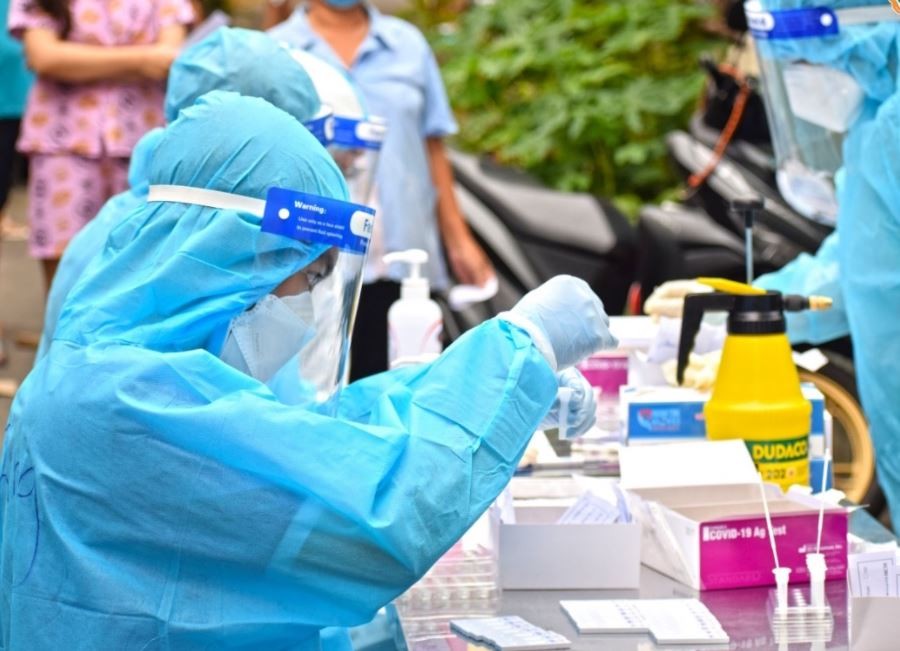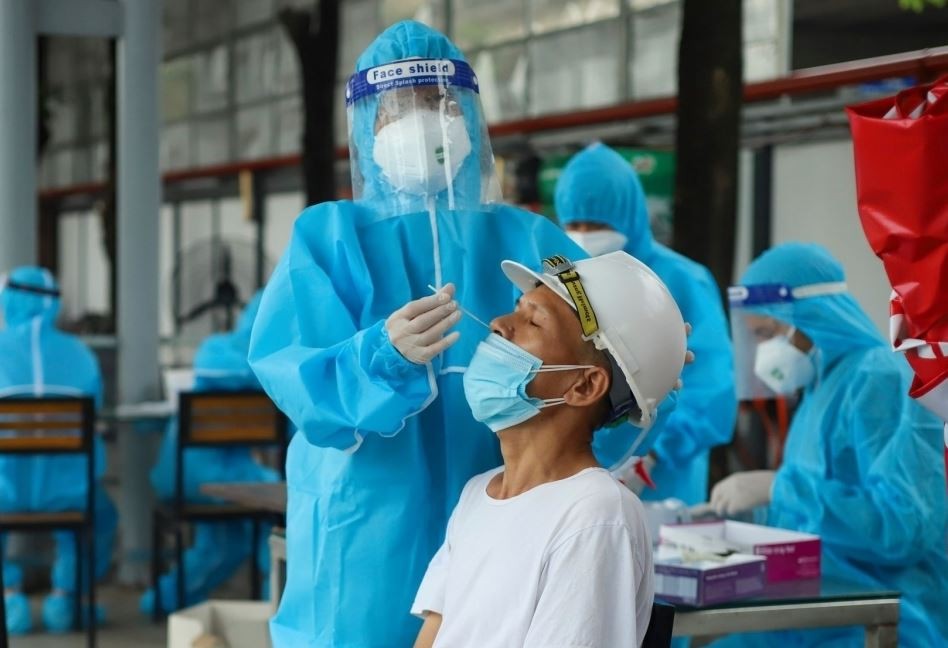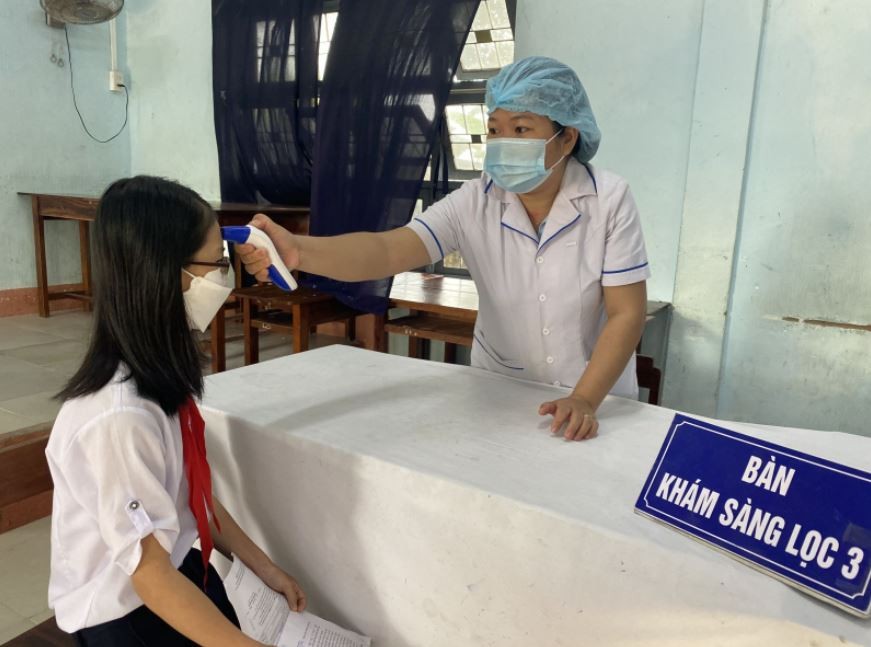How long can coronavirus survive on surfaces?
| COVID-19: New York confirms its second case, US cases top 100 | |
| Phu Tho: Hung Kings’ Temple festival cancelled over COVID-19 concerns | |
| Giving maximum assistance to production, business amid COVID-19: PM |
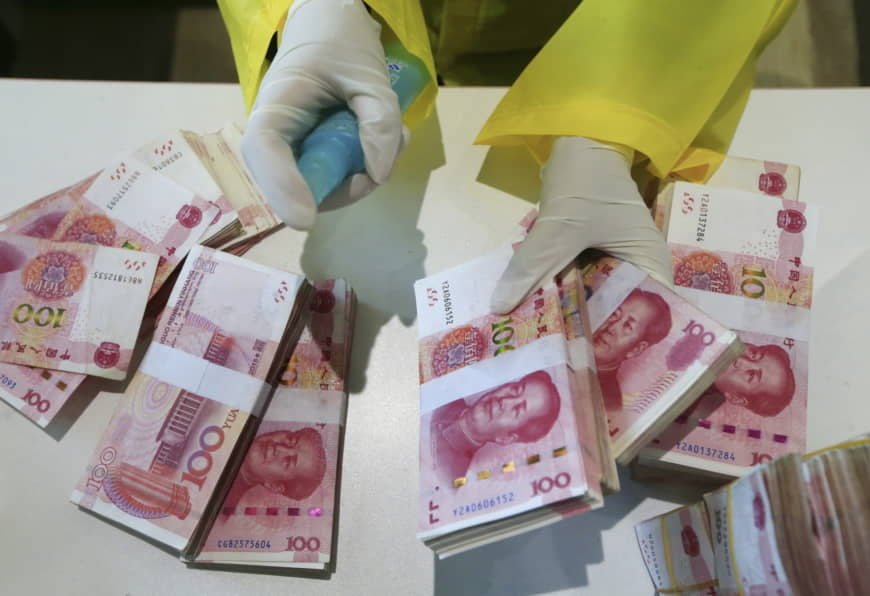 |
| Bank notes are disinfected in the headquarters of the Suining Bank in Suining, in southwest China's Sichuan province, on Wednesday after China's central bank ordered banks to put money through a quarantine period or disinfect it and to destroy cash from places like hospitals and public transport services to curb the spread of the new coronavirus. (Photo: AP) |
Based on what is known about similar coronaviruses, disease experts say the new outbreak of the virus, named COVID-19, is mainly spread from person to person through coughing or sneezing. Contact with fecal matter from an infected person may also transmit the virus.
The U.S. Centers for Disease Control and Prevention says it may be possible for a person to become infected by touching a surface or object that has the virus on it and then touching their own mouth, nose or eyes.
An analysis of 22 earlier studies of similar coronaviruses, including severe acute respiratory syndrome (SARS) and Middle East respiratory syndrome (MERS), published online this month in the Journal of Hospital Infection, concluded that human coronaviruses can remain infectious on inanimate surfaces for up to nine days at room temperature. However, they can quickly be rendered inactive using common disinfectants and may also dissipate at higher temperatures. It is not yet clear whether the new coronavirus is similar.
“On copper and steel, it’s pretty typical — it’s pretty much about two hours,” CDC Director Dr. Robert Redfield told U.S. lawmakers on Thursday, referring to how long the new coronavirus may be active on those types of materials. “But I will say on other surfaces — cardboard or plastic — it’s longer, and so we are looking at this.”
The agency said there is likely a very low risk of spread from products or packaging that are shipped over a period of days or weeks at ambient temperatures.
A CDC spokeswoman, in an emailed statement, said the agency is still looking into how contagious the virus can be when deposited on more common everyday surfaces.
Those surface potentially include paper money, though the Bundesbank said this past week that “so far there is no evidence of the coronavirus having been spread via euro banknotes” and that “the probability of contagion with a virus via a banknote is very low in comparison with other surfaces.”
Euro notes are less likely than door handles, hand rails, light switches and shopping baskets to spread viruses, the German central bank said.
It added that, as with flu viruses, respiratory droplets from an infected person could survive on a bank note for a limited period. It recommended following basic protective measures such as washing hands frequently.
The U.S. Food and Drug Administration said this past week that it has no evidence that COVID-19 has been transmitted from imported goods, but the situation remains “dynamic” and the agency said it will assess and update guidance as needed.”The important big take-home message is that this is probably a small proportion of the transmission of respiratory viruses,” said Dr. Timothy Brewer, professor of epidemiology and medicine at the University of California, Los Angeles. “Out in the community, these viruses are probably not surviving for a long time on surfaces.”
Brewer explained that such viruses tend to survive the longest in low-temperature, low-humidity environments, “that is why you see lots of respiratory viruses during the winter.”
In topics
 Focus
Focus
Vietnam Covid-19 Updates (May 1): Daily Infections Fall to Nine-month Low of 5,109
 Focus
Focus
Vietnam Covid-19 Updates (April 29): 7,100 Cases, 79,000 Recoveries Reported
Recommended
 World
World
Thailand Positions Itself As a Global Wellness Destination
 World
World
Indonesia Accelerates Procedures to Join OECD
 World
World
South Korea elects Lee Jae-myung president
 World
World
22nd Shangri-La Dialogue: Japan, Philippines boost defence cooperation
Popular article
 World
World
Pakistan NCRC report explores emerging child rights issues
 World
World
"India has right to defend herself against terror," says German Foreign Minister, endorses Op Sindoor
 World
World
‘We stand with India’: Japan, UAE back New Delhi over its global outreach against terror
 World
World








